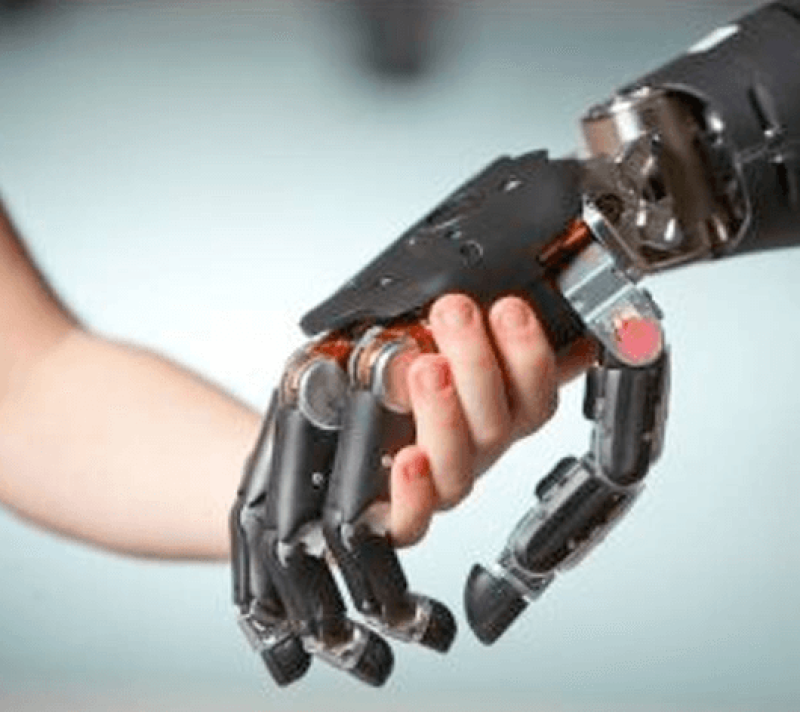A team of surgeons in Vienna, Austria…recently developed bionic reconstructions of the hands of 16 people who had lost manual control and sensation because of nerve damage. The catch: patients have to undergo a nonessential amputation of the damaged hand to make room for the prosthesis.
Hoping to clarify the choices and considerations, surgeon Laura Hruby and her colleagues at the Medical University of Vienna in Austria published a protocol for selecting the first patients to undergo this intensive procedure and guiding them through it.
…
STEPS TOWARD RECONSTRUCTION
- Bionic hands are mounted adjacent to the original hand onto an arm brace and wired to electrodes that can pick up the candidate’s functional forearm nerves through the skin. This stage gives people practice controlling the prosthesis.
- The original hand is surgically removed.
- After recovery from surgery, the bionic hand is moved from its temporary position on the arm brace to the end of the candidate’s wrist.
The GLP aggregated and excerpted this blog/article to reflect the diversity of news, opinion, and analysis. Read full, original post: Disabled Hands Successfully Replaced with Bionic Prosthetics
For more background on the Genetic Literacy Project, read GLP on Wikipedia































